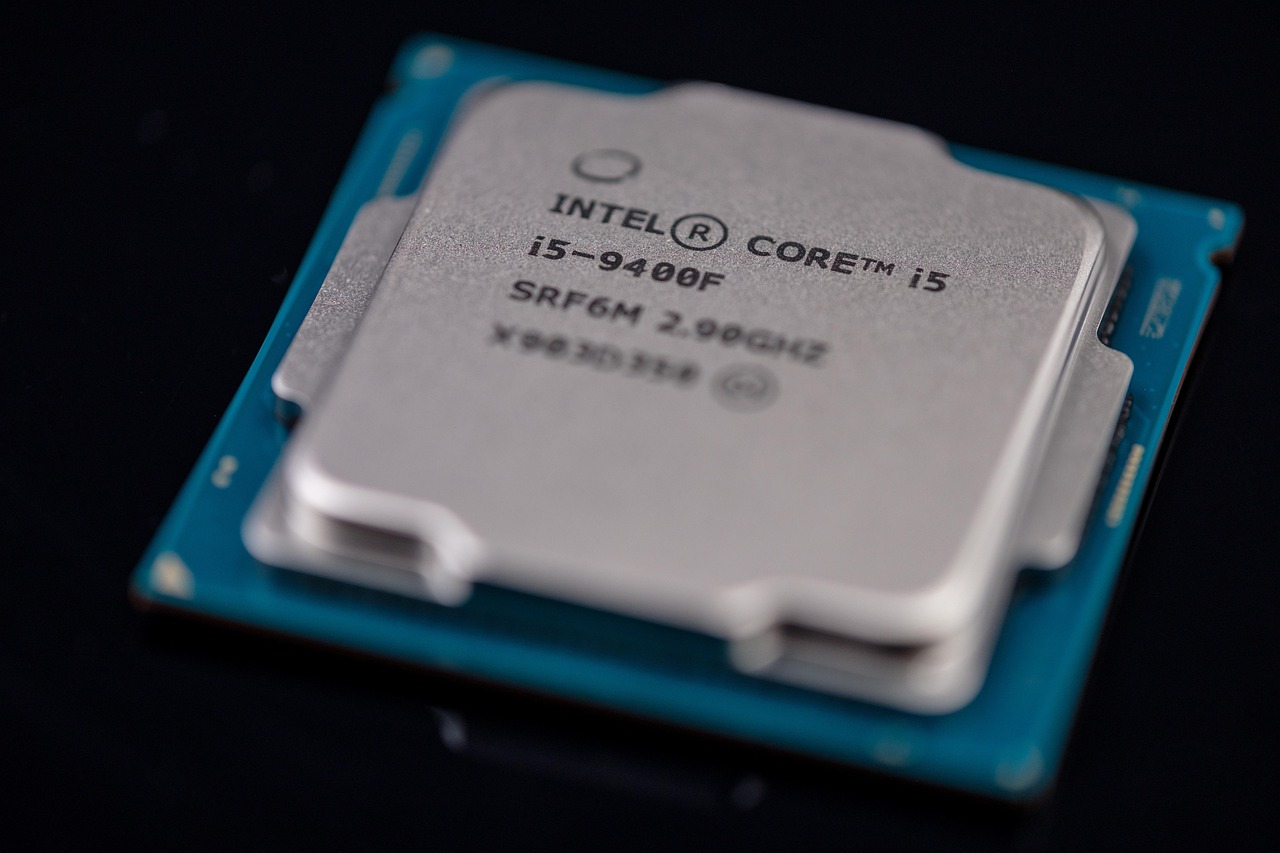Biometric-to-Token Maps: Enhancing Secure Authentication Layers

In an era where cybersecurity threats are increasingly sophisticated, the integration of biometric-to-token maps represents a significant advancement in secure authentication technologies. As organizations worldwide grapple with the complexities of safeguarding sensitive information, biometric authentication emerges as a pivotal solution, offering both enhanced security and user convenience. This article delves into the intricacies of biometric-to-token mapping, its role in modern authentication systems, and its implications on global security practices.
Biometric authentication leverages unique biological traits such as fingerprints, facial recognition, and iris patterns to verify an individual’s identity. Unlike traditional password-based systems, which are susceptible to hacking and social engineering attacks, biometric data is inherently more secure due to its uniqueness and difficulty to replicate. However, the direct storage of biometric data poses significant privacy and security concerns, especially in the event of data breaches.
Biometric-to-token mapping addresses these concerns by converting biometric data into secure tokens. This process involves creating an irreversible map of the biometric input, which is then used to generate a token. This token, rather than the raw biometric data, is stored and used for authentication purposes. The approach adds a robust layer of security, as even if the token is compromised, the original biometric data remains secure and inaccessible.
The implementation of biometric-to-token maps is gaining traction globally, with several industries leading the charge. Financial institutions, healthcare providers, and governmental agencies are increasingly adopting this technology to enhance security protocols and protect sensitive data. For instance, banks and financial services are using biometric tokens to facilitate secure online transactions and prevent fraud. Similarly, healthcare organizations are employing this technology to secure patient records and streamline access to medical services.
Moreover, governmental entities are leveraging biometric-to-token mapping to bolster national security. Countries like India have implemented large-scale biometric systems as part of identity management programs, such as Aadhaar, which maps biometric identifiers to unique tokens for each citizen. This not only aids in efficient service delivery but also in maintaining a secure and reliable identity verification framework.
Despite its advantages, the deployment of biometric-to-token maps is not without challenges. Privacy concerns remain a significant hurdle, as individuals are often wary of how their biometric data is collected, stored, and used. Ensuring transparency in data handling processes and complying with stringent data protection regulations, such as the General Data Protection Regulation (GDPR) in the European Union, is essential to address these concerns and build public trust.
Additionally, the technical complexity of implementing biometric-to-token systems requires substantial investment in infrastructure and expertise. Organizations must carefully weigh the benefits against potential costs and ensure that they have the necessary resources to maintain and update these systems as technology evolves.
In conclusion, biometric-to-token maps represent a transformative approach to secure authentication, offering a balance between security and usability. As cyber threats continue to evolve, the adoption of such advanced technologies is crucial in safeguarding digital identities and protecting sensitive information. By addressing privacy concerns and investing in robust implementation strategies, organizations can harness the full potential of biometric-to-token mapping, paving the way for a more secure digital future.
















